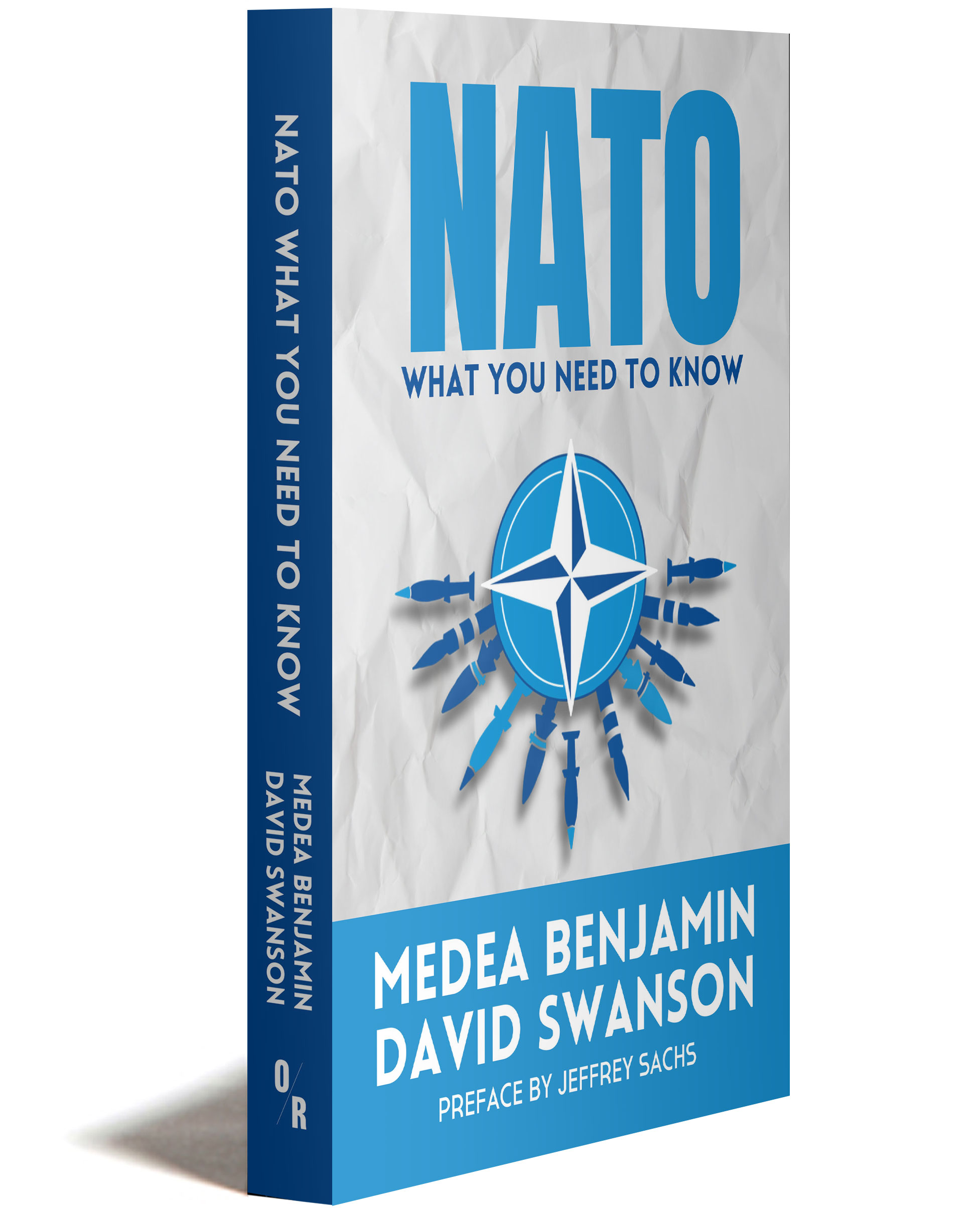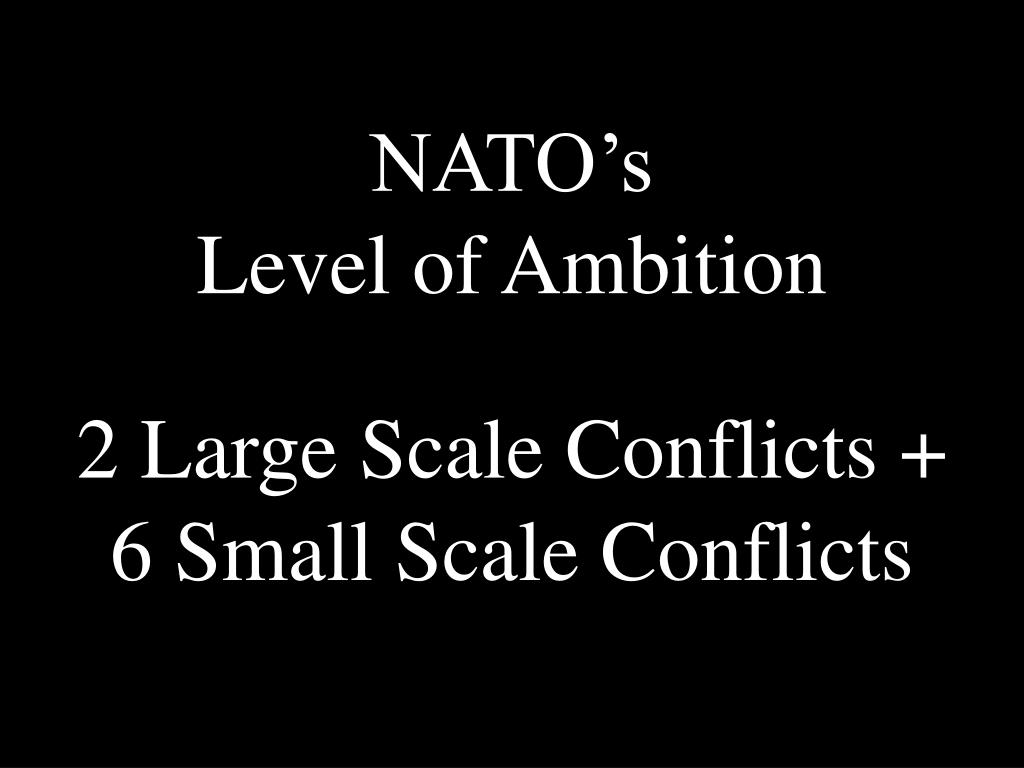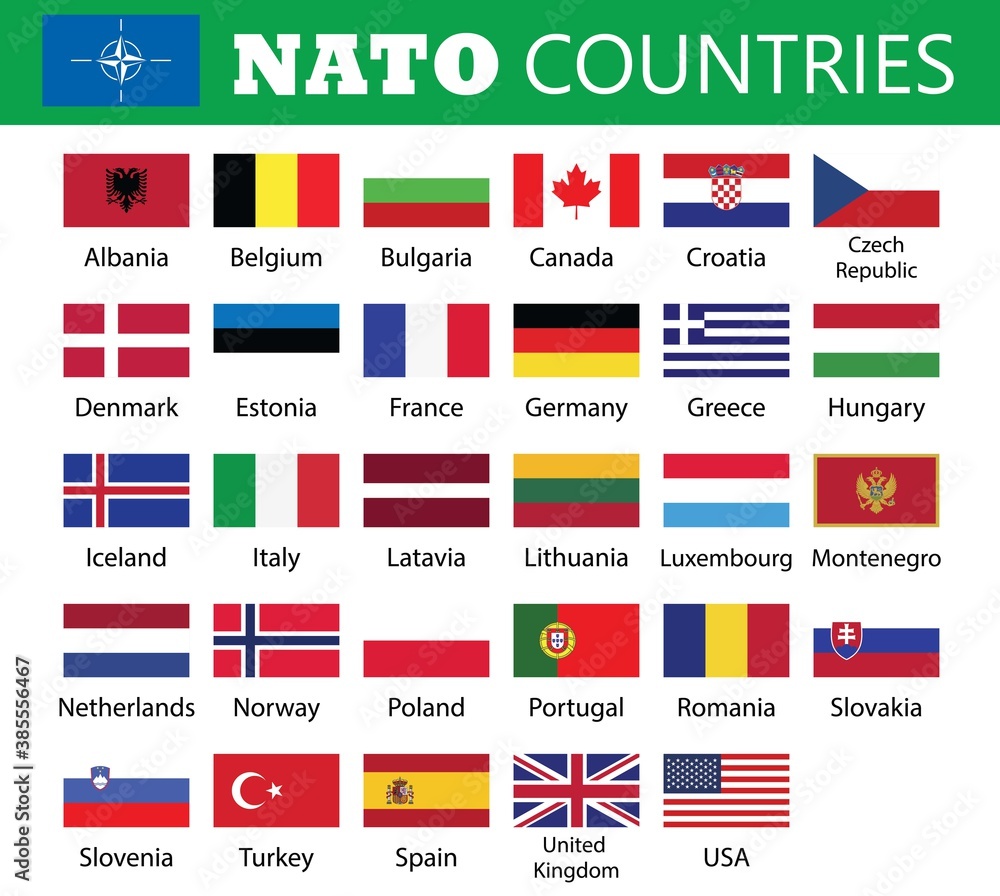
A crucial overview of an organization that promotes military conflict and plays an active part in its escalation.
NATO: What You Need To Know
Media Benjamin and David Swanson / OR Books
About the Book
What is the North Atlantic Treaty Organization (NATO)? What role is played by its members and partners? Does the largest military alliance ever to exist serve the cause of peace or the causes of weapons sales and warmongering? Published to coincide with the 75th anniversary of the alliance, this sharp, concise account examines NATO’s origins, structure, and its goals at a time of mounting global tension.
NATO has remade itself repeatedly, as its past purposes have disappeared. In the last 35 years it has been part of wars in Bosnia, Kosovo, Afghanistan, Iraq, and Libya. It has played a major role in Ukraine, and supported war-making by Israel.
NATO is now expanding rapidly, both in geography and in scope, adding partners from Colombia to Mongolia to Australia, and claiming a role in policing, immigration, economics, public budgeting, scientific research, and environmental protection.
With pointed investigations of how NATO’s decisions are made, the widely misunderstood question of the way it is funded, its relationship to international law, and the available alternatives to it, NATO: What You Need to Know is an indispensable primer on an organization that not only confronts expanding military conflict but, the authors contend, plays an active part in its escalation.
The following graphic is borrowed from a NATO PowerPoint presentation.

“An indispensable primer. It can save your life
— indeed all of our lives . . . NATO is a
clear and present danger to world peace,
a war machine run amok.”
— Jeffrey D. Sachs
EXCERPT: Chapter 5:
NATO “Partners” Around the Globe
Article 10 of the North Atlantic Treaty limits new members of NATO to European nations that are invited by NATO to join it. But NATO has not limited itself to Europe. It does not view its purpose as merely “resisting armed attack” (in the language of that treaty).
Not only has it reconceived the concept of resisting actual attacks as deterring potential attacks — often through behavior that is clearly more provocative than deterrent — but NATO also conceives of itself as a global alliance that will wage wars anywhere on Earth, regardless of any attack on a NATO member.
Outside of Europe, therefore, NATO has added dozens of additional nations as “partners” rather than members. To invite a nation to be a member, existing members must agree that, according to Article 5, an attack on one is an attack on all. To add a “partner,” however, no such commitment is required. NATO may very well go to war in the event that one of its partners goes to war, but it is not obliged to by treaty.
NATO partners Armenia and Azerbaijan have been engaged in armed attacks on each other. Were they members instead of partners, NATO would be obliged to either support both sides or, more likely, declare one side to be in the wrong and wage war for the other. Each partnership agreement is specific to the nation, and can be frequently modified to expand the partnership. A key concept for NATO partnerships is “interoperability.”

This means partners buying the same weapons, relying on the same people to maintain and repair and upgrade those weapons, relying on the same people to train military personnel on those weapons, and organizing militaries to function under the same command.
The interoperability of partners, like members, is tested in “war games” or rehearsals, and in actual wars. NATO partner militaries have joined in its wars in Afghanistan and Libya, in patrolling the Mediterranean, in training (and making more interoperable) the Iraqi military, and in NATO’s military occupation of Kosovo, which has never ended since NATO’s war there in 1999.
The permanent presence in Kosovo has long served as an initial training ground for the integration of new partners’ militaries into NATO. Over the course of the 2001-2021 war in Afghanistan, 52 nations took part, including many NATO partners.
NATO partnership involves encouragement to spend more on militarism, to buy more weapons, and to engage in more military training and military strategizing. NATO trains thousands of partner-nation officials, both military and civilian, in militarized thinking through some 30 national “Partnership Training and Education Centres,” and institutions like the NATO School in Oberammergau, Germany, and the NATO Defense College in Rome, Italy.